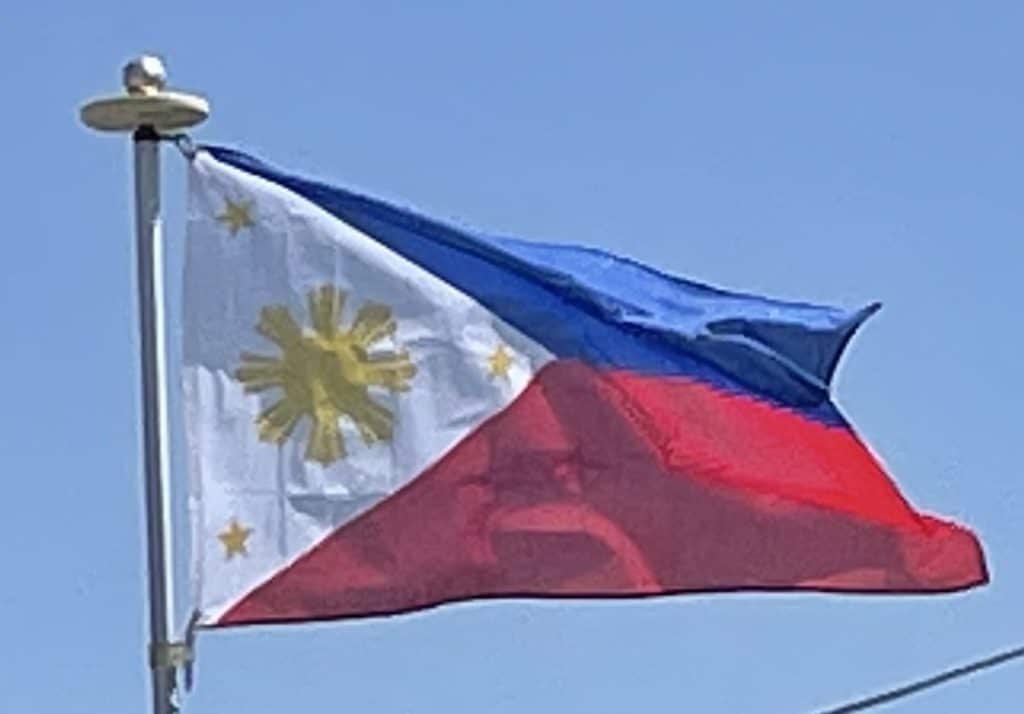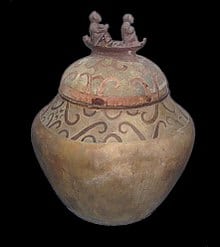
The first Austronesians reached the Philippines at around 2200 BC, settling the Batanes Islands and northern Luzon from Taiwan. From there, they rapidly spread downwards to the rest of the islands of the Philippines and Southeast Asia. This population assimilated with the existing Negritos resulting in the modern Filipino ethnic groups.
Early States (900–1565):
The earliest known surviving written record found in the Philippines is the Laguna Copperplate Inscription. By the 1300s, a number of the large coastal settlements had emerged as trading centers, and became the focal point of societal changes. Trade with China is believed to have begun during the Tang dynasty, but grew more extensive during the Song dynasty. By the 15th century, Islam was established in the Sulu Archipelago and spread from there.
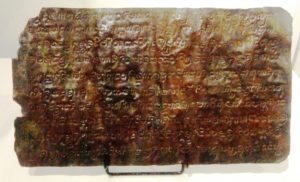
Polities founded in the Philippines from the 10th–16th centuries include Maynila, Tondo, Namayan, Pangasinan, Cebu, Butuan, Maguindanao, Lanao, Sulu, and Ma-i. The early polities were typically made up of three-tier social structure: a nobility class, a class of “freemen”, and a class of dependent debtor-bondsmen. There is little evidence of large-scale violence in the archipelago prior to the 2nd millennium AD. However, warfare developed and escalated during the 14th to 16th centuries and throughout these periods population density is thought to have been low.
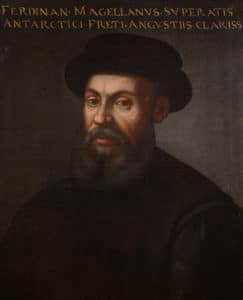
In 1521, Portuguese explorer Ferdinand Magellan arrived in the area, claimed the islands for Spain, and was then killed by natives at the Battle of Mactan.
Colonial Rule (1565–1946):
Colonization began when Spanish explorer Miguel López de Legazpi arrived from Mexico in 1565. In 1571, Spanish Manila became the capital of the Spanish East Indies, which encompassed Spanish territories in Asia and the Pacific. The Spanish successfully invaded the different local states by employing the principle of divide and conquer, bringing most of what is now the Philippines into a single unified administration. From 1565 to 1821, the Philippines was governed as part of the Mexico-based Viceroyalty of New Spain, later administered from Madrid following the Mexican War of Independence. Manila was the western hub of the trans-Pacific trade. Manila galleons were constructed in Bicol and Cavite.
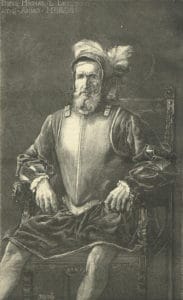
British forces occupied Manila from 1762 to 1764 during the Seven Years’ War, with Spanish rule restored through the 1763 Treaty of Paris. In the last quarter of the 19th century, Spain conquered portions of Mindanao and Jolo, and the Moro Muslims in the Sultanate of Sulu formally recognized Spanish sovereignty.
The Philippine Revolution started in 1896. In 1897, the Pact of Biak-na-Bato brought about the exile of the revolutionary leadership to Hong Kong. In 1898, the Spanish–American War began and reached Philippines. The revolution resumed and independence from Spain was declared on June 12, 1898. The First Philippine Republic was established on January 21, 1899.
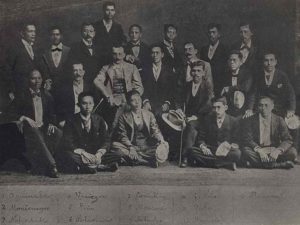
The islands had been ceded by Spain to the United States alongside Puerto Rico and Guam as a result of the latter’s victory in the Spanish–American War. As it became increasingly clear the United States would not recognize the First Philippine Republic, the Philippine–American War broke out. After the defeat of the First Philippine Republic, an American civilian government was established. American forces continued to secure and extend their control over the islands.
